1. Shooting pixels
When buying infrared sensor trigger cameras, many users tend to fall into a misunderstanding - "the higher the pixel, the better". It seems to be the case, but it is not the case. To understand this problem, we need to know two concepts and the relationship between them: physical pixels and interpolated pixels. Physical pixels: the largest pixels that the original image sensor can reach. Interpolated pixels: interpolation is the process of DSP copying and supplementing pixels through programs to improve resolution.
Advantages and disadvantages of interpolated pixels: The advantage of interpolated pixels is the improvement of intuitive parameter release. For example: 30W physical pixels can be interpolated to 1200W pixels through DSP processing. However, the actual image effect is not improved. Instead, it will increase the burden on the DPS CPU. It cannot be compared with physical pixels in terms of clarity and sharpness. In terms of picture quality, the decisive factor is physical pixels, or more precisely, the physical pixels that the camera (CCD or CMOS) can actually shoot.

At present, the infrared sensor camera brands that everyone can see do not have CMOS sensors with more than 5 million pixels. Many so-called 8 million or 12 million pixels are mostly digitally interpolated. The physical pixels that can be truly achieved should be determined by the SENSOR clarity in the parameters.
Regarding the pixel problem of infrared sensor trigger cameras, there is a consensus as follows, which needs to be understood:
1. Interpolation of high pixels does not improve the quality of photos;
2. The size of the image file increases, the camera writes to the card longer, the power consumption increases, and the standby time of the infrared camera becomes shorter;
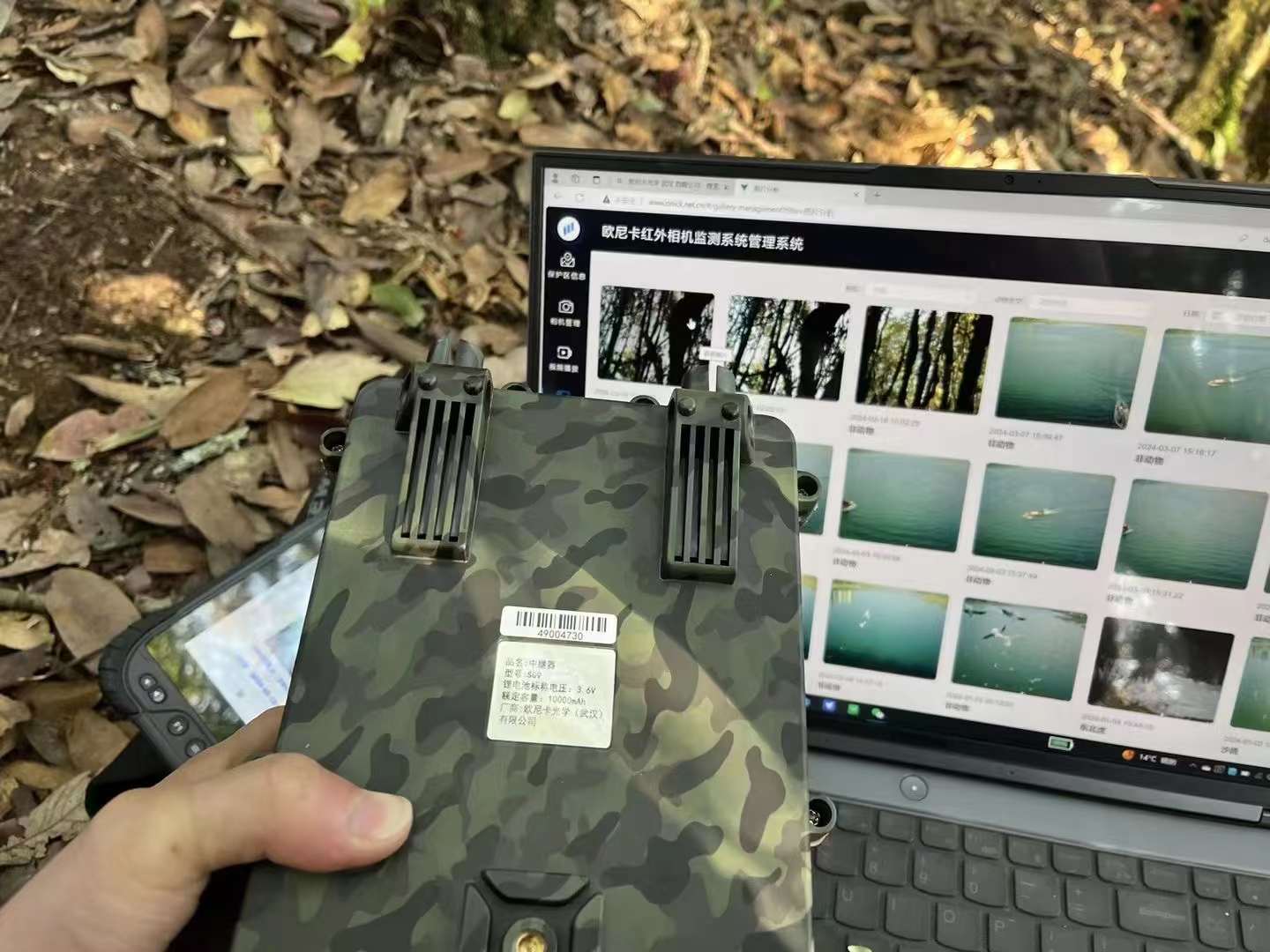
3. The size of the image file increases, which will take up more space on the memory card and waste the storage space of the memory card;
Therefore, when shooting and purchasing infrared sensor trigger cameras, from the perspective of picture quality, you must choose the appropriate shooting pixels, not the larger the pixels, the better. Excessive pixels have almost become a means of business promotion.
2. Is it enough to have a large pixel of the image sensor?
The answer is naturally no. It seems to be the case, but just because the image sensor is good, it does not mean that the imaging effect is good. Let's continue to talk about the facts. High physical pixels can only mean that the pixels that its camera can shoot are high. To achieve good imaging effects, there is another hardware that plays a key role - the image processing solution.
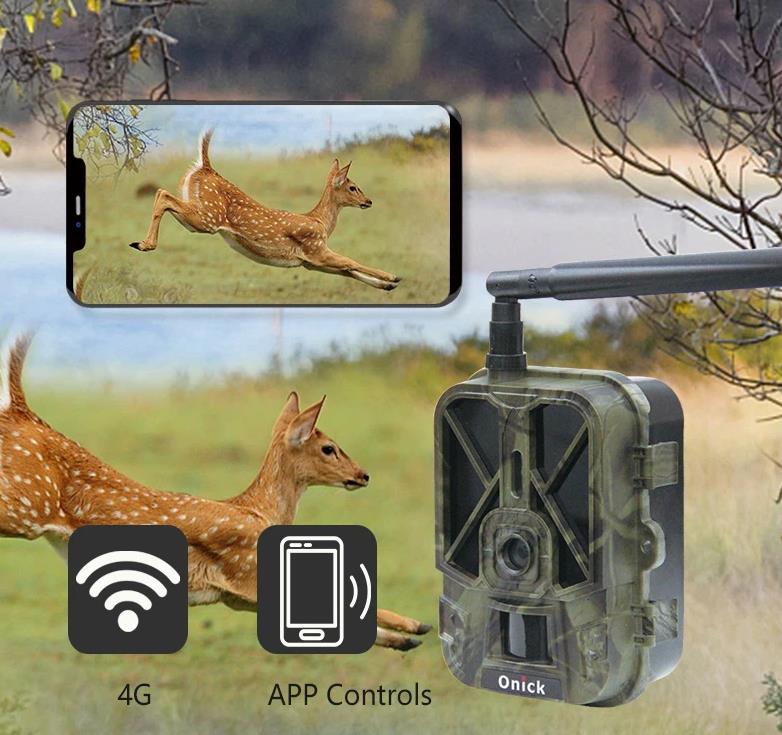
Whether it is a SLR camera, a satellite remote sensing camera, a sports camera, a dashcam, or the infrared sensor trigger camera for wild animals we are talking about, the image processor solutions cannot escape from these solutions: Ambarella, SUNPLUS, Novatek, and Jie Lin.
As for which solution is better? How to see what solution is used in the infrared sensor trigger camera in your hand? There is a way to verify: disassemble the machine to see the main control chip (a good choice for technology control), and you can also watch the large format of the video. The rest is Baidu. There are still many articles on this aspect on the Internet. Many articles are written relatively objectively. After reading a few more articles, you can probably come up with a ranking in your mind... Having a good solution is like a tall building, and the foundation is better than others.
3. Is a good image processing solution omnipotent?
The answer is naturally no. The quality of photos taken by a camera must be good, not only depending on having a good camera and a good image processing solution. There are many details that can be described and cannot be described.
3.1 Shutter speed of the camera
The shutter speed of the camera cannot keep up. To achieve the same color effect, the exposure time needs to be extended. However, we mainly use it to shoot wild animals in motion. It will not always pose for us and let us shoot slowly. This causes the camera whose shutter cannot keep up to take photos with trailing ghost images.
3.2 Optical processing of the entire light path
Many SLR cameras and telescopes have this processing. The images taken have a sense of depth of field and the colors are close to reality. A good camera must have a good light path, such as: image sensor, lens, infrared cutoff film, filter, refraction, reflection, extinction shadow, mirror water, etc. The optical processing must be done well to achieve the image effect.
3.3 Fill-in solution of infrared fill light at night
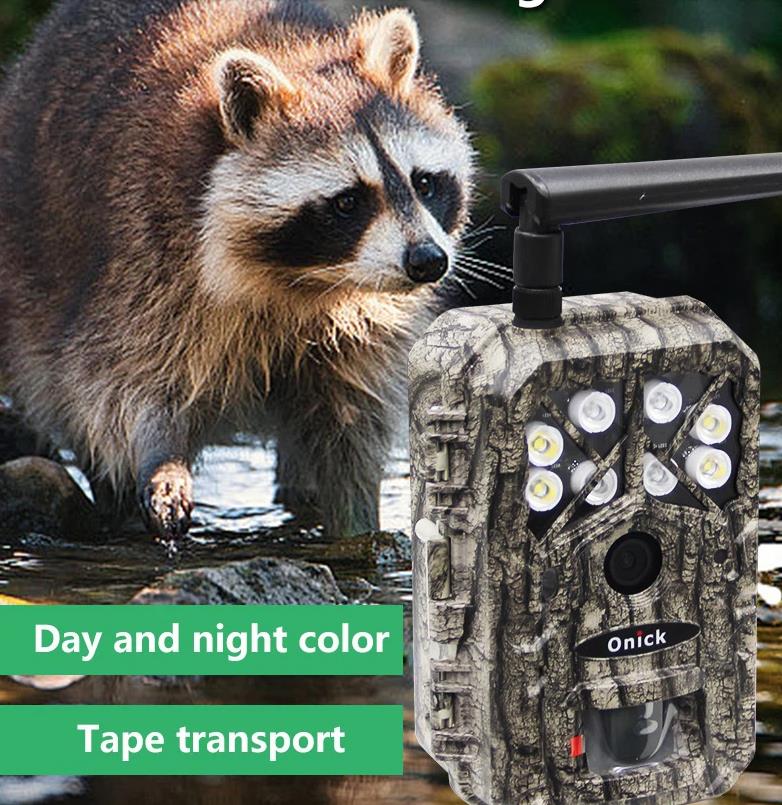
The photos taken by most products at night are white in the middle, almost showing white explosion. There are two reasons for this: one is that the infrared light fill-in effect is not uniform enough, and the light is too concentrated in the center; the other is that the camera solution is a flaw. The current technology can prevent exposure at close range, which depends on the technical strength of the camera solution provider.
4. A good layout plan can also improve the shooting effect
Click to view the precautions for the layout (installation) of infrared sensing cameras
The above are all the characteristics that infrared cameras should have as a "camera". Whether a camera can take good pictures depends on multiple hardware modules. This is a system project. It requires a very powerful R&D team.
From the perspective of it as a tool, what are the higher requirements put forward by users in different application fields and application scenarios?
5. False shooting rate, missed shooting rate
Any infrared sensing trigger camera has a setting in the machine that can affect the "false shooting rate, missed shooting rate" when it leaves the factory, that is, the sensitivity setting of PIR sensing, which generally has "high/medium/low" gears. The gear of the camera can be set according to the main shooting object. For a truly good product, this alone is definitely not enough.
Each manufacturer team has a different design for PIR sensing. The circuit, algorithm, component selection, etc. determine the advancement of this PIR sensing, and the false shooting rate and missed shooting rate are reduced from the initial design.
It is emphasized that if you want the false shooting rate to be 0, it is obviously impossible to do so, because the working principle of PIR determines it. Ambient temperature, thermal airflow, wind direction, light, and vibration may all cause false shooting.
6. Camera sensing capture speed, sensing range, and shooting range
6.1 Camera sensing capture speed
It refers to the length of time required for the camera to capture the photo from sensing the movement of the animal to capturing the photo. The lower this indicator is, the more helpful it is to capture faster-moving animals, but it is not the lower the better; if it is too fast and the PIR angle is not coordinated, it is easy to only capture half of the animal; so it is appropriate between 0.5 and 1 seconds. At present, all manufacturers are similar, most of them are between 0.8 and 1.2 seconds. Some cameras that use simple solutions can also achieve 0.5 or 0.3 seconds, but the image quality of this camera will not be very good.
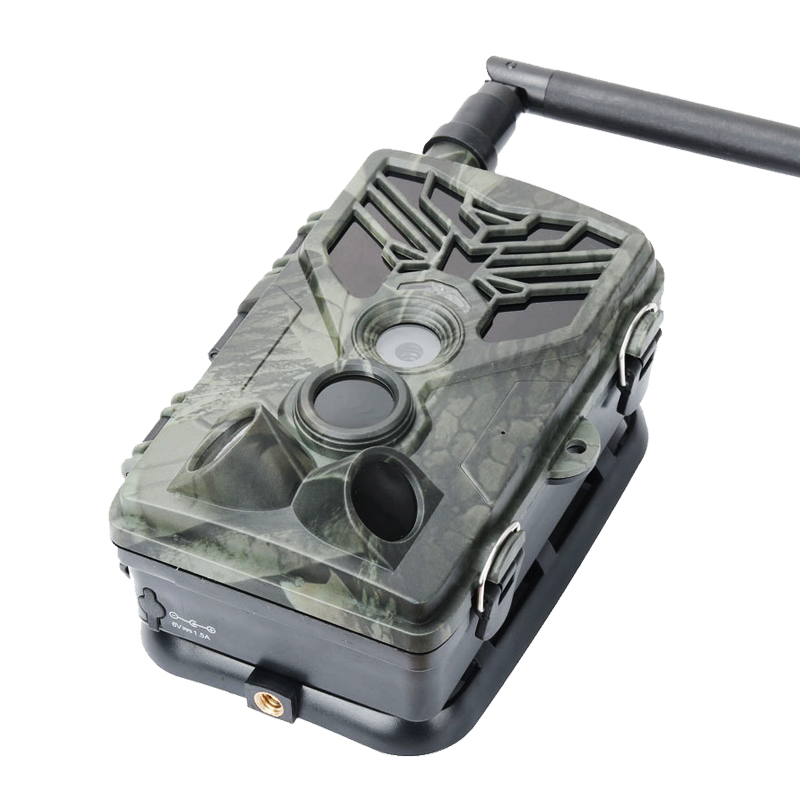
6.2 Sensing range
The sensing range, once again, is definitely not the wider the better. This parameter should be measured together with the shooting. The principle is that the sensing range cannot be larger than the shooting range; otherwise, you will find a lot of empty photos.
6.3 Shooting range
The shooting range should be selected according to the actual application environment. In the case of more animals, it is recommended to use a small sensing angle and a large shooting range (of course, the larger the angle, the worse the unit image details, and large-angle night vision is a difficult thing to deal with, so choose according to your needs!)
7. Three-proof performance
As a shooting tool that is placed in the wild for a long time, the user's three-proof performance is undoubtedly the waterproof performance. At present, there are two companies that are doing well, with a nominal IP68, and in the bidding comparison test and laboratory, they can basically pass the water test for a period of time.
Note:
"It can be ensured that it will not be damaged by immersion if it is immersed in water for a certain period of time or the water pressure is below a certain standard", this is the technical standard of IPX7, the actual technical standard of IPX8 is "It can be ensured that it will not be damaged by immersion if it is immersed in water for an unlimited period of time under the specified water pressure", but it is impossible to test "indefinitely". Therefore, we will not demand whether the bidding comparison test and laboratory test are rigorous. In the long-term field test, the user will naturally have more say.
8. Low power consumption
When purchasing an infrared sensor trigger camera, most people will ask such a question: How long can it shoot? In fact, this is a power consumption issue. If the respondent only answers this question in one or two sentences, it is naturally not rigorous enough. It needs to be divided into three states: standby state, daytime shooting state, and night shooting state; of course, it is also related to the surrounding environment of these three states, mainly the surrounding temperature. Let's simplify things and put aside the factor of shooting temperature.
Standby state: refers to the power consumed by the camera in the standby state when it is not taking pictures. In this state, only the PIR sensing module is working, and the camera is in a low working state; most standby currents are around 400~800uA. The smaller the better.
Daytime shooting state: refers to the power consumed by the camera when shooting images without turning on the night vision fill light. At present, the power consumption of most manufacturers' cameras in this state is not too high, about 200mA~350mA, which is within an acceptable range.
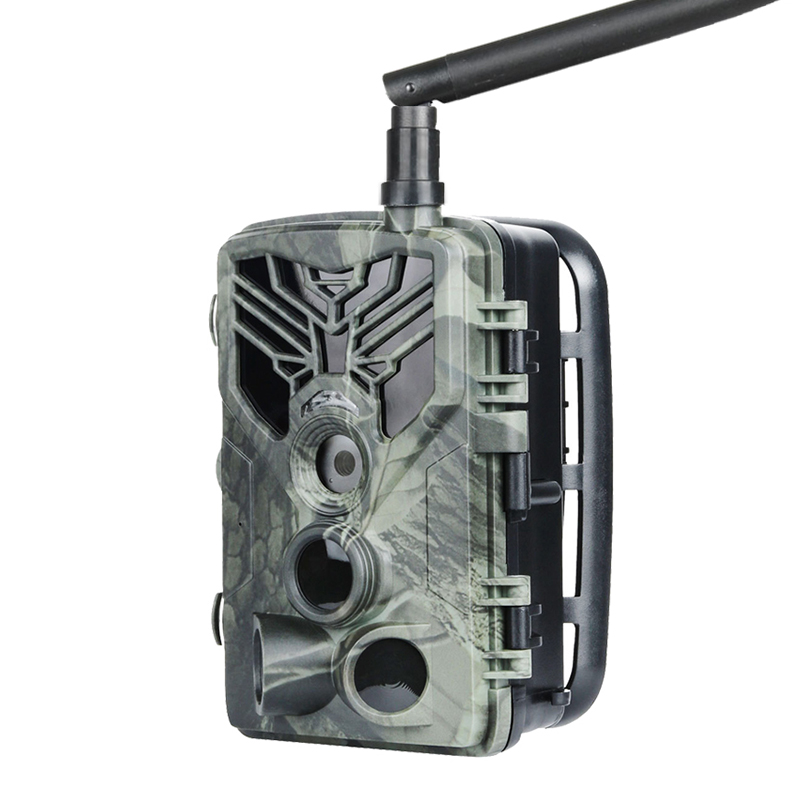
Night shooting state: refers to the power consumed by the camera when shooting images with the night vision fill light turned on. In this state, the camera is in a high power consumption state. This indicator varies greatly from manufacturer to manufacturer.
Currently, most manufacturers have very high power consumption, some can be as high as 1.8A, which is scary! I don't know what the designer thinks. With such a large discharge current, they don't consider the feeling of the battery at all. They just want the battery to die. If you think about it, you can understand that the current is so large, mainly to get a better night vision effect. But the problem of excessive power consumption is not considered, after all, it is battery-powered. In the wilderness, there is no external power supply or generator, and it all depends on batteries!
In terms of how to reduce power consumption, the selection of components and the design of circuits will have an impact. There are many ways to improve night vision, which reflects the manufacturer's rigorous design, technical strength and pursuit of quality. It is not necessary to increase the lighting brightness; the current of several better manufacturers is around 0.8~1.2A, and the night vision effect is also ideal, which is more reasonable.
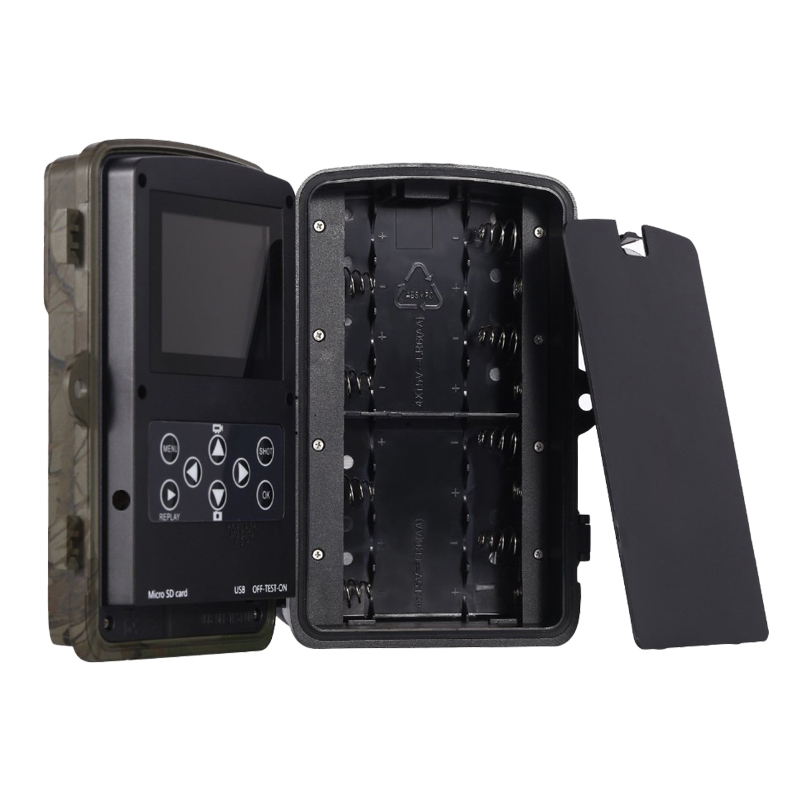
Of course, this is also related to the sensitivity of PIR sensing. The more sensitive the sensing is, the more photos are taken, the greater the power consumption is, and the effective working time in the wild is naturally shorter. In addition, the video mode is definitely much more power-hungry than the photo mode.
The power consumption of infrared induction trigger cameras on the market can basically meet the needs of users: when conditions permit, general users tend to go up the mountain to obtain data once every 1-2 months, and maintain the shooting environment of infrared induction trigger cameras by the way. Very few people extract data and maintain the shooting environment for more than half a year.
9. Other characteristics that should be possessed
9.1 Anti-theft
This is a question that everyone has their own opinions on. The color of the infrared sensor trigger camera, the installation of a memory card anti-theft lock, the installation of a body anti-theft lock, and the installation of an iron body shell all fall into this category.
9.2 Reasonable appearance design
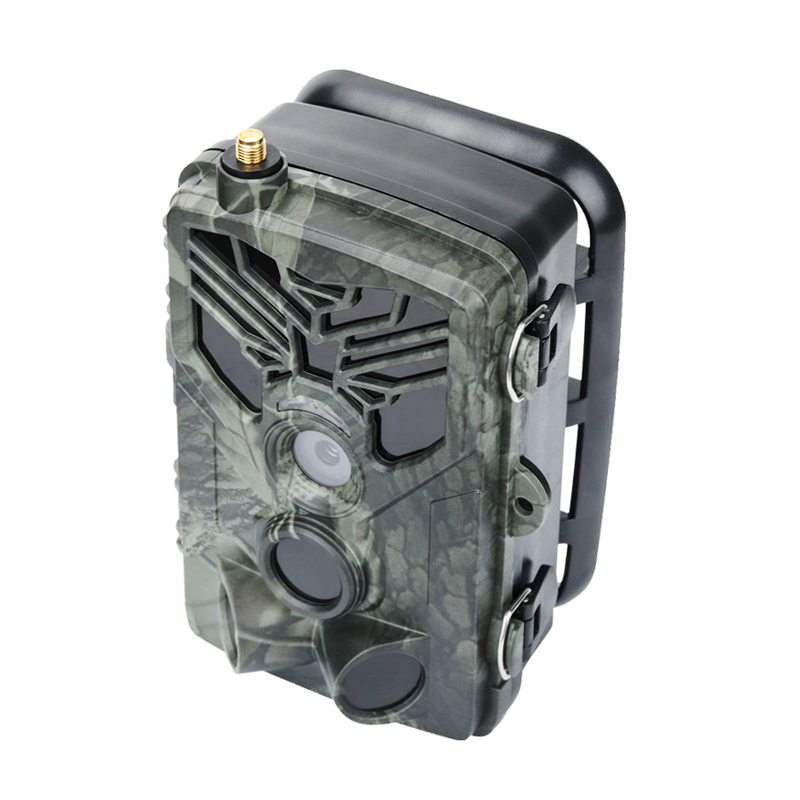
Consider the convenience of operation and the fatigue durability of the equipment (buttons, cables, battery compartment cover, etc.).
9.3 Convenient software operation
A user-friendly software operation interface will also win the favor of users.
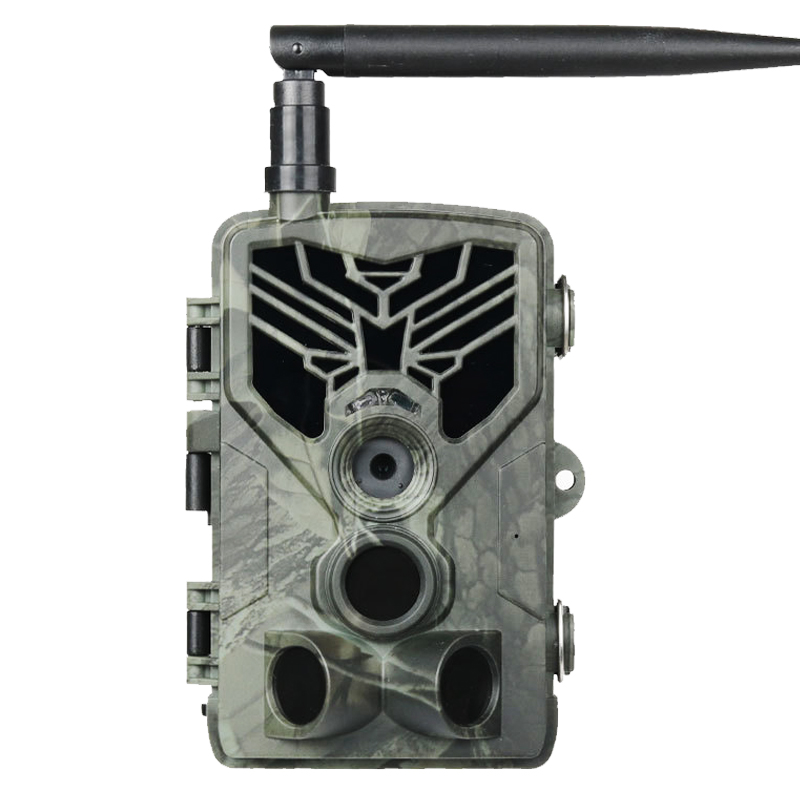
We need to select the appropriate infrared sensor trigger camera according to different monitoring needs, and give full play to the huge advantages of infrared sensor trigger cameras in field monitoring work. At the same time, to make a good infrared sensor trigger camera, each manufacturer needs to carefully carve their products with an extreme attitude, keep improving, and pursue more perfection. Put all your energy on the product steadily. I hope to see more excellent infrared sensor trigger cameras in the future.

